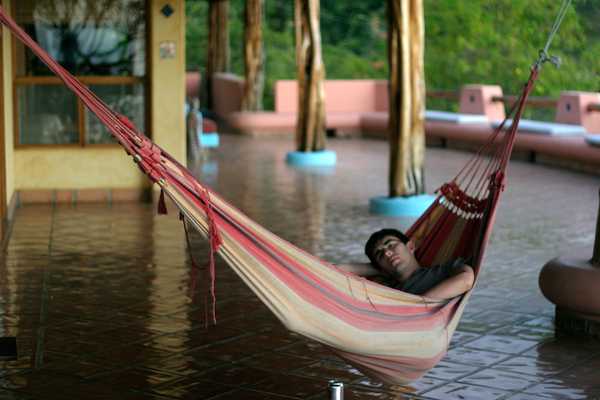Treating Keratoconus with Corneal Cross Linking
If the cornea weakens over time, it can change shape. This is what happens with keratoconus. This change of shape not only can change the prescription of the eye but can also cause impairment of vision. Fortunately, however, there is a fix.
The cornea contains layers and layers of collagen. When we are born, these layers have very limited connections to each other. Gradually over time, however, these layers start to become linked together through a process called “cross-linking”. This is a natural process that happens to everyone in life. Linking the layers of the cornea together makes the cornea very strong. It is like adding velcro to the layers of collagen in the cornea. These linkages provide extra resistance to prevent the cornea from changing shape.
Keratoconus typically occurs in younger individuals, before the cornea has had a chance to strengthen up naturally on its own with time. A procedure was discovered, however, which can cause the beneficial cross-linking! (aptly named “cornea cross-linking”).
While keratoconus once was a disease that progressed and progressed until a transplant was necessary, corneal cross-linking has flipped that equation. And any patient with keratoconus should be evaluated for this procedure.
What To Expect During Cornea Cross-linking
Vitamin drops of riboflavin are added to the cornea and then a UV light is applied. Extremely simple but very effective! Cornea cross-linking halts the corneal weakening. In mild cases, corneal cross-linking can even lead to some improvement in prescription and vision.
The basis of the procedure is that we let the cornea soak in riboflavin and then we shine UV light on the cornea. The procedure really is just that easy. It’s mainly just time consuming; Going through the procedure just takes a little over an hour. So what can you expect during this hour?
At the beginning of the procedure, an eyelid holder is placed underneath the eyelids to prevent blinking from doing anything. Now, for the riboflavin to effectively absorb into the cornea, the very front most layer of the eye called epithelium is removed (this step is exactly the same as what happens in the refractive procedure PRK). None of this is painful thanks to the almost magical power of numbing eye drops.
After the epithelium is removed, the next half hour involves lots and lots and lots of riboflavin drops to saturate the cornea. A drop is placed every few minutes. Because the drops are yellow, your vision will be blurry and yellow tinted.
Once this half hour is up, it’s time for the actual treatment! The eye drops don’t stop, but the UV light is centered over your eye and shone on the cornea. And so you sit, for the next 30 minutes looking at this UV light as it cross-links the cornea.

Treating the cornea with UV light; Image by Reese Brown, Public domain, via Wikimedia Commons
And then you are done! That is really all that’s to it. Treating keratoconus with cornea cross-linking is actually quite simple to have done. The procedure is painless and you basically just get to hang out for an hour as the drops and the UV light work it’s magic to strengthen the cornea. A soft contact lens is placed on the eye to aid with comfort, drops are placed in the eye before you head home to start the recovery process.
Also check out The Complete Walk-through of the Corneal Cross Linking Procedure on EyeMountain.com
What Is The Recovery After Cornea Cross-linking?
But there is an annoying part with corneal cross linking - and that comes with the recovery afterwards.
There are different protocols developed to treat keratoconus. The most effective way to treat keratoconus (and the FDA approved way in the United States) involves a step which removes the very surface of the cornea called the epithelium. Don’t worry, this layer grows back. But the process of this layer growing back leads to a recovery time after cornea cross-linking.
The first week after cornea cross-linking, you can expect to have some additional blurry vision and some discomfort on the eye. Some people have more, some people have less, the very fortunate have little to almost none! And over the course of the first few days the vision can become a little more blurry and the eye feel a little more discomfort before things start to get better. A contact lens is placed on the eye to serve as a bandage to help with the healing and comfort after the procedure. After about a week, when the surface has healed over, this contact lens is removed.

Recovering from corneal cross linking; Image by Michael Nutt from New York, US, CC BY-SA 2.0, via Wikimedia Commons
So cornea cross-linking does have a recovery. Fortunately this recovery is much less than many other surgeries outside of the ophthalmology realm but still exists nonetheless. What can be done about it? Well, probably best to avoid scheduling any major events or activities for that first week. And naps! Take naps!
Also check out What To Know For The Corneal Cross Linking Recovery on EyeMountain.com
Related Articles
Please note: The general information provided on the Website is for informational purposes only and is not professional medical advice, diagnosis, treatment, or care, nor is it intended to be a substitute therefore. See the Disclaimer and Terms of Use for more information
